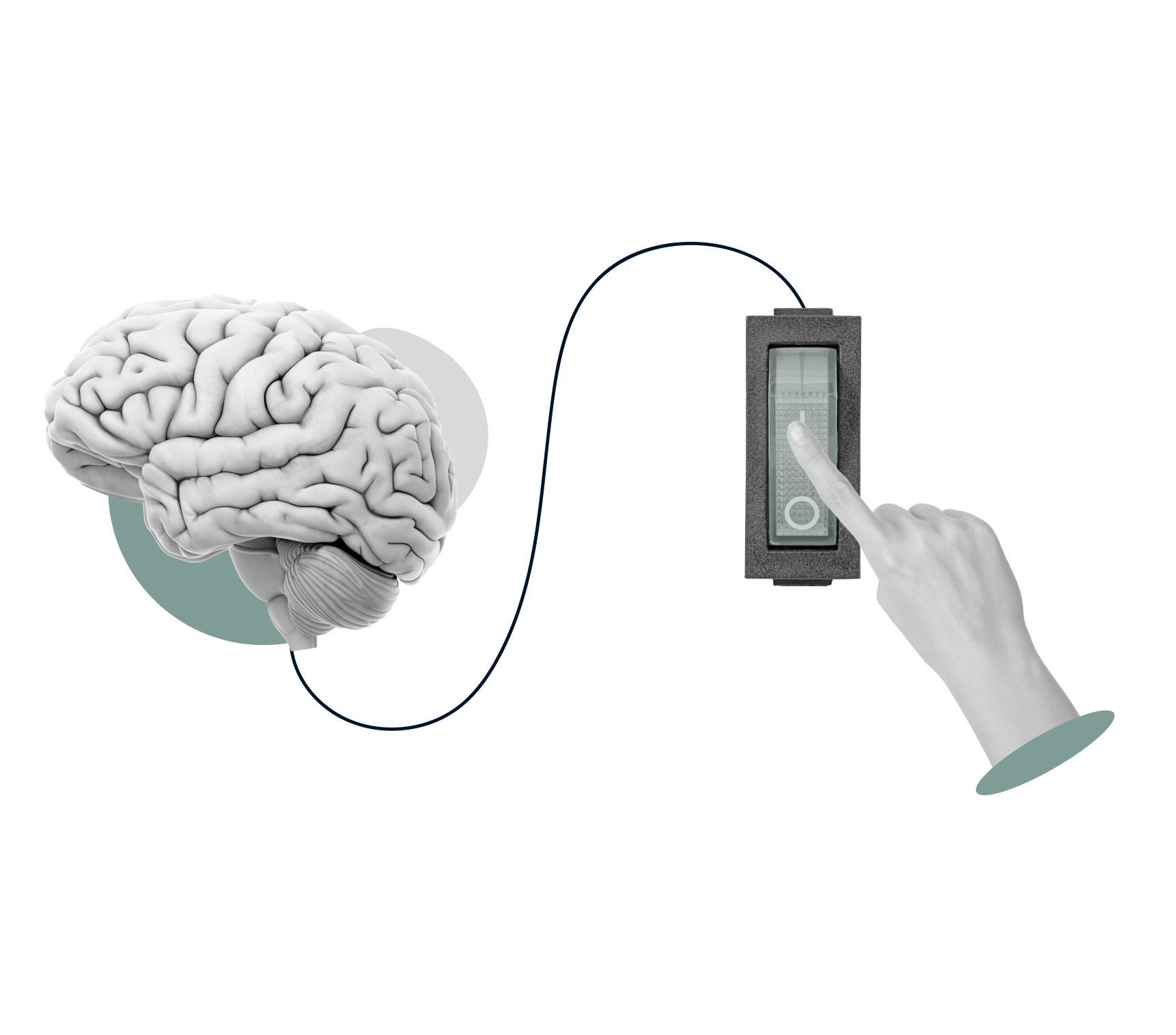A new standard of care for acute pain management?
.png?width=653&height=540&name=Blog%20Header%20-%20Vagus%20Nerve%20-%20NO%20BORDERS@2x%20(1).png)
Could percutaneous auricular vagus nerve stimulation (paVNS) join its sisters, transcutaneous auricular VNS and transcutaneous cervical VNS, fast becoming the standard of care (SOC) for many chronic pain conditions, to become the SOC for acute pain management?
The recent literature abounds with exciting articles on vagus nerve stimulation (VNS). The value of transcutaneous cervical and auricular VNS is well-established for chronic pain conditions resulting from inflammation from RA to primary headache disorders, and fibromyalgia to name a few, and a host of other non-pain conditions such as depression, epilepsy, and the list goes on and on. It is fast becoming the first-line option for many of these as the accepted standard of care.
A new trend developed in the past few months where VNS is used for acute pain conditions. Tantri and coworkers have even used pro-inflammatory cytokines (Interleukin-6 and 10), which we know are regulated by the cholinergic anti-inflammatory process (CAP), and which, in turn, is again influenced by the vagus nerve and enhanced by stimulating the vagus nerve, as an outcome marker for the success of acute pain management. Other exciting work in this field comes from Brian Ilfeld and his group at UC San Diego Health, where they proposed paVNS for pain management in battlefield trauma, or the pain associated with Total Knee Arthroplasty.
PaVNS, tcVNS, and taVNS, as opposed to other modalities commonly used for acute pain management, continuous nerve and plexus blocks, for example, require very little advanced skill and can even be used by relatively unskilled healthcare providers in the field. A cost-effective solution that promises to reduce our reliance on opioids. Exciting stuff!
We here at Lumina are anxiously awaiting further research in this field as we believe it may change the game significantly.

